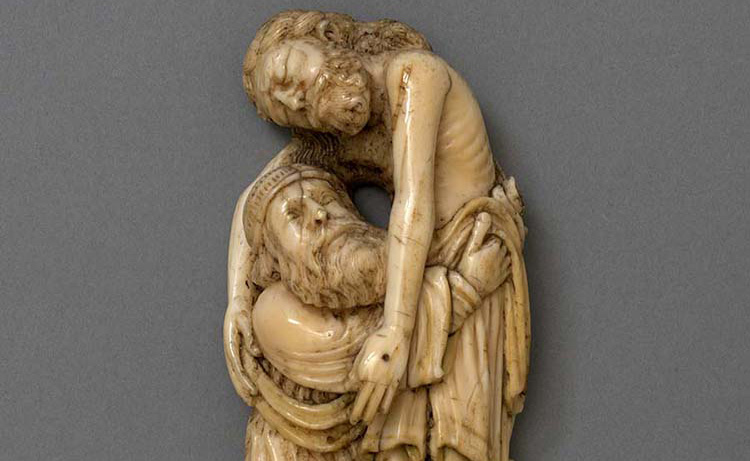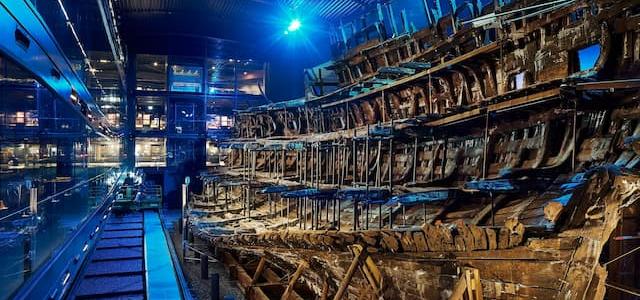
The Deposition from the Cross Acquisition

This unique sculpture has been saved for the UK and now joins the V&A’s permanent collection thanks in part Memorial Fund support.
Crafted from walrus ivory, the piece shows the removal of Christ’s body from the cross and is considered one of the finest examples of English Romanesque carving in the world. It is likely to have been made in York between 1190–1200.
A unique and expressive piece
While much religious art and imagery was destroyed in the English Reformation of the 16th century, the Deposition from the Cross survived. Following a temporary export bar and a successful fundraising campaign by the V&A, it has once again been saved for future generations.
The exceptionally rare piece offers a fascinating glimpse into the art and craftsmanship of England during the Middle Ages.
Dr Simon Thurley CBE, Chair of the National Heritage Memorial Fund, said: “The beautiful and expressive 12th-century Deposition from the Cross is one of the most important English pieces to have survived from the Romanesque period.
“I am thrilled that National Heritage Memorial Fund support will save the sculpture for the nation and secure a home for it at the V&A for audiences to enjoy in perpetuity.”

